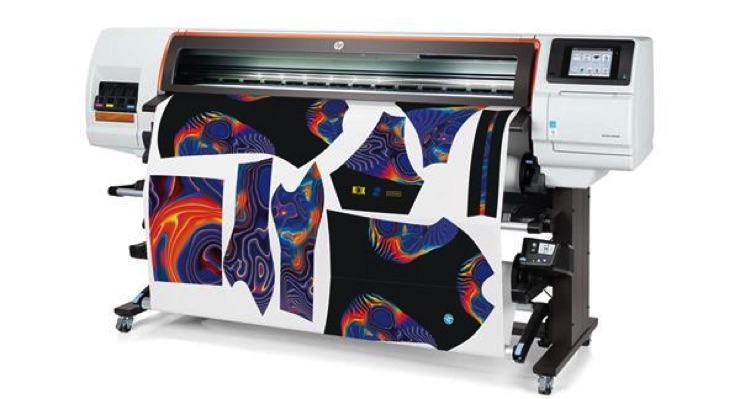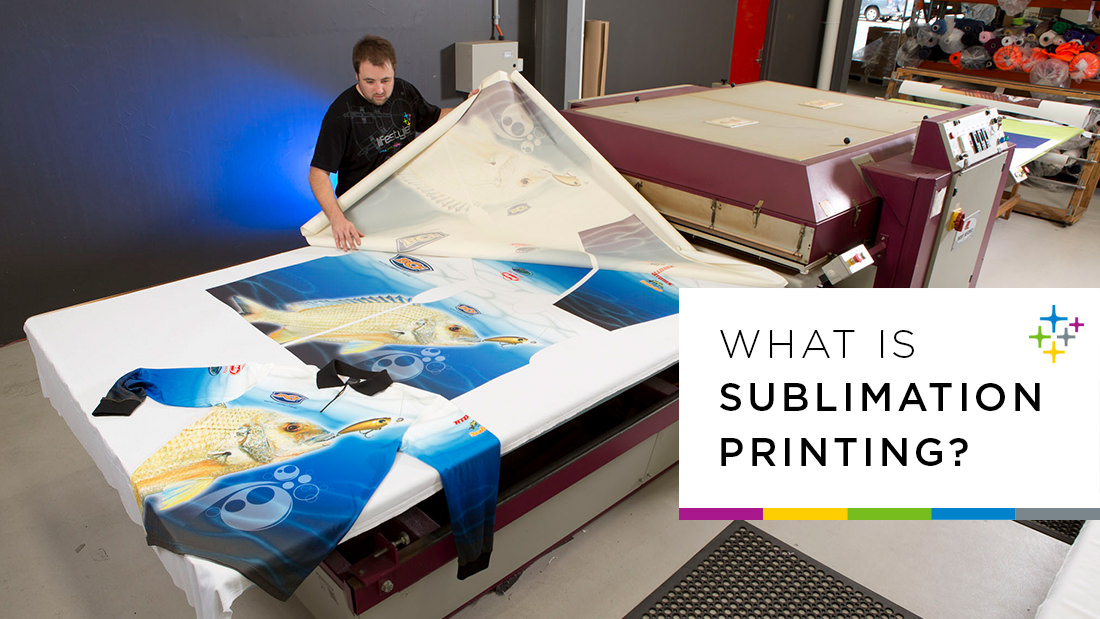Check Out the most effective Branded Clothing for Every Event and Design
Check Out the most effective Branded Clothing for Every Event and Design
Blog Article
From Traditional to Digital: Understanding the Advancement of Cloth Printing
The transformation of fabric printing from typical methods like block printing and withstand coloring to contemporary strategies such as screen and digital printing marks a significant change in the fabric market. Traditional methods, steeped in artisanal workmanship and social significance, have slowly offered means to electronic technologies that use unmatched accuracy, effectiveness, and personalization. This change not only boosts production capabilities but also straightens with growing needs for lasting techniques. Exactly how do these improvements impact the significance of fabric printing, and what might the future hold for this ever-evolving craft?
Standard Cloth Printing Techniques
In the early phases of textile production, typical cloth printing techniques offered as the keystone of fabric layout, supplying both capability and artistic expression. Block printing, one of the oldest approaches, entailed sculpting elaborate layouts right into wood blocks, which were then dipped in color and pressed onto material.
Stand up to dyeing, including techniques like batik and tie-dye, utilized wax or various other compounds to avoid color from passing through particular areas of the material. This method created striking contrasts and detailed layouts, frequently imbued with cultural value. Stenciling, another conventional technique, entailed cutting patterns right into a product and applying color via the openings, providing a simpler yet effective method to produce recurring layouts.
These typical techniques not just shaped the textile market's early development however additionally prepared for future developments. Each technique showed the social and regional attributes of its beginning, protecting and disseminating artisanal expertise through generations.
The Rise of Display Printing
Just how did display printing transform the landscape of textile layout? The advent of display printing in the very early 20th century marked a considerable separation from traditional techniques, offering unmatched convenience and performance. This technique involves pushing ink via a fine mesh display that has actually been stenciled with a layout, enabling high accuracy and uniformity. Screen printing made it possible for developers to generate intricate patterns and vivid colors on materials, which were previously challenging to accomplish with block printing or hand-painting techniques.
One of the vital benefits of screen printing is its capacity to replicate complex styles widespread with impressive fidelity. This scalability made it exceptionally prominent in the industrial textile market, where mass manufacturing without sacrificing quality is paramount. Screen printing fits a broad array of inks and dyes, broadening the combination of structures and surfaces offered to designers.
Moreover, the procedure is extremely versatile, suitable for different textile types consisting of cotton, silk, and synthetics. This versatility, incorporated with its cost-efficiency for big runs, solidified screen printing's function as a cornerstone of contemporary fabric manufacturing. Therefore, the increase of screen printing changed the industry, pressing the boundaries of what was possible in textile layout.

The Advent of Digital Printing
Building on the remarkable developments brought by screen printing, the textile industry experienced an additional groundbreaking growth with the arrival of electronic printing. Arising in the late 20th century, digital printing reinvented the way designs are moved onto materials, offering unprecedented versatility and effectiveness. Unlike typical methods, which often needed comprehensive configuration and considerable hands-on intervention, electronic printing uses computer-aided style (CAD) technology to generate elaborate patterns straight onto the textile with high accuracy.
This advancement has made it possible for fabric manufacturers to satisfy the expanding need for personalization and on-demand manufacturing. By removing the demand for screens and plates, electronic printing lowers preparations and reduces product waste, making it a much more sustainable alternative. The capability to print intricate images and a variety of colors in a solitary pass has actually opened new imaginative methods for developers, cultivating a rise in imaginative expression within the industry.
Furthermore, electronic printing supports smaller sized batch production runs, which is specifically useful for niche markets and start-up fashion brand names. This technical leap has not just boosted functional efficiency yet additionally democratized accessibility to top quality textile printing, setting the stage for future developments in material design and manufacturing.
Contrasting Strategies: Typical Vs. Digital
While both digital and standard printing methods have their own distinct benefits, they differ considerably in terms of process, efficiency, and ecological effect. Typical fabric printing, including methods like block printing and screen printing, involves hand-operated labor and detailed workmanship.
In contrast, digital printing utilizes sophisticated modern technology to transfer styles directly onto fabric using inkjet printers. Digital printing is dramatically much faster, enabling for quick turn-arounds and just-in-time manufacturing, which reduces the requirement for huge supply storage space.
From an ecological point of view, digital printing is usually much more lasting. It utilizes much less water and creates marginal waste compared to traditional techniques, browse around this site which often include comprehensive washing and coloring procedures. Digital printing is significantly preferred in an age where ecological considerations are vital.
Future Trends in Cloth Printing
One substantial fad is the enhanced application of digital printing innovations. Digital textile printing is anticipated to control the market, driven by its efficiency and adaptability to customer demands for customized and limited-edition products. Branded clothing.

In addition, the consolidation of smart fabrics, which incorporate electronic elements into textiles, is set to reinvent the market. These textiles can supply added capabilities such as temperature guideline, health monitoring, and interactive functions. As modern technology remains to advance, the junction of digital printing and clever textiles will certainly open up brand-new opportunities for useful and creative applications in fabric printing.
Conclusion
The advancement of cloth printing from typical approaches to digital advancements notes a substantial makeover in the fabric sector. While conventional strategies highlight artisanal workmanship and social heritage, electronic printing uses unmatched accuracy, efficiency, and personalization. This shift not just improves production capabilities yet also supports sustainability initiatives. Future patterns are this most likely to proceed integrating advanced modern technologies, further redefining fabric design and manufacturing procedures to meet contemporary needs and environmental considerations (DTF printing).
The transformation of fabric printing from traditional techniques like block printing and resist dyeing to modern techniques such as display and digital printing notes a substantial change in the fabric sector. Display printing enabled designers to produce elaborate patterns and lively colors on fabrics, which were previously challenging to accomplish with block printing or hand-painting approaches.
Building on the exceptional improvements brought by screen printing, the textile market experienced one more groundbreaking advancement with the advent of electronic printing. heat transfer vinyl printing. Traditional fabric printing, encompassing methods like block printing and display printing, involves hand-operated labor and intricate craftsmanship. As innovation continues to advance, the junction of digital printing and smart fabrics will open up new methods for innovative and useful applications in fabric printing
Report this page